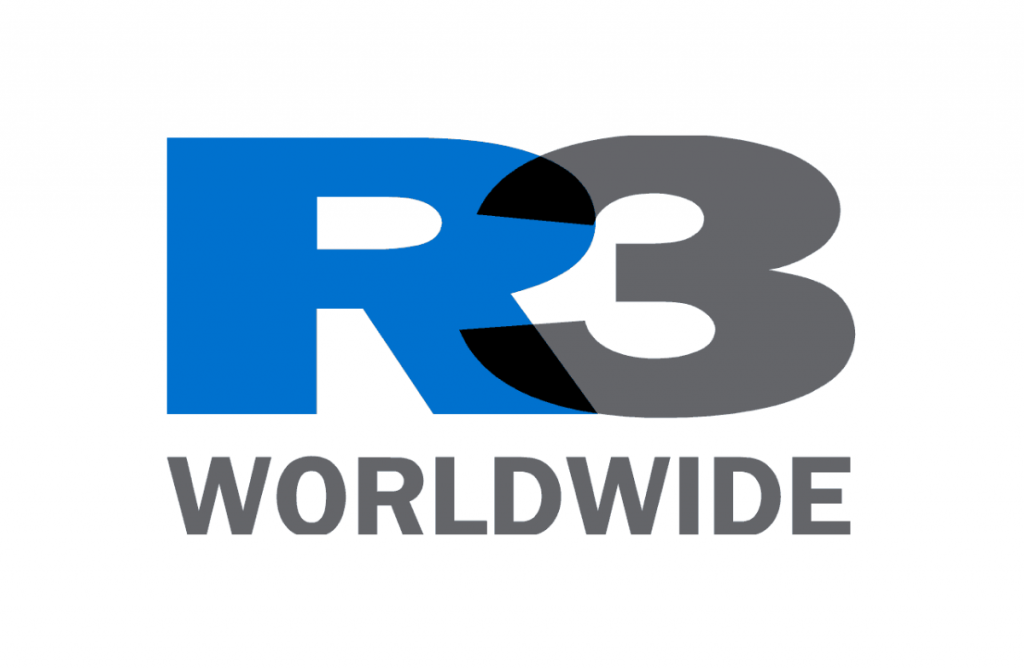Written by Greg Paull, Co-founder & Principal, R3 – It’s time to zoom into the process of media planning and buying to identify what we can do to shift the needle on inclusive and culturally relevant media. You can call it the need to take a “forensic” approach to ensure that DE&I is embedded in media’s ways-of-working, and this is absolutely warranted from both an ethical perspective and one of good business.
Progressive portrayals of people in advertising have shown to increase brand power (74%, Unilever), purchase intent (59%, Meta), and brand credibility; all things that directly impact brand revenue and growth.
Not just the responsibility of Creatives
Creatives have borne the most public responsibility in ensuring that advertising is more inclusive and culturally relevant. However, who sees the advertising and how audiences are targeted is as important as the images and stories we see on our screens.
The conflict in media is that it deals with issues like defining audiences by age, gender, and ZIP codes, while requiring detailed targeting to demonstrate that money is spent efficiently. It is unfortunate that the methods for which audiences are defined leave the door wide open to ethnic, racial, and gender bias. Once the parameters are set and embedded in platform algorithms, the bias informs the spend of millions of brand dollars.
Starting somewhere
It is hard to gain transparency unless media platforms release ad targeting data and brands insist on conducting algorithmic bias auditing of technology and advertising platforms. Some platforms are working to improve the situation, though transparency in how this is being done is still lacking. Media buyers are still largely reliant on one-way reports, which are hard to verify.
However, roadblocks are not an excuse to avoid taking action. No matter where marketers are in their journey toward greater diversity and inclusiveness, there are six ways that diversity can be systematically integrated into media planning and buying:
Signal importance to agency partners: Ensure that campaign briefs are inclusive or define diversity expectations. In multicultural/multilingual markets, commitment is needed as execution might not be the most efficient. Prioritizing KPIs become important.
Establish a brand safety approach: Develop a tailored brand safety approach for endemic media and hold measurement partners accountable. Speak to your partners to ensure that measurement criteria is flexible to deal with the various sizes and scales of diverse media organizations.
Explore curated marketplaces: Look at taking several different niche players and putting them together so they are more scalable. The technology in curated marketplaces provides marketers with control over their inventory and the ability to curate supply that aligns with DE&I goals.
Check that media plans align with diversity targets and brand safety: Many brands don’t look at the nuances of their brand safety settings which mean the way they may be executing their media might be at odds with overall. To prevent this, marketers should undertake media effectiveness audits with diversity targets and brand safety in mind.
Checking representation in measurement panels: Even in the world of CTV we need measurement panels to help us understand audience behavior at scale. But left unchecked, measurement panels can result in confirmation bias, reduced multicultural investment, and demonetization and censorship of diverse voices and topics. Panel data should not be a black box and any adjustments that could result in significant statistical difference should be reported and accounted for.
Look at how “scalability” influences your media plan: Brands might turn down investment into diversity-owned and minority targeted media because they aren’t scalable, or operationally efficient. To address this issue, a concerted effort must be made to fix challenges around selection and measurement. One way is to provide diverse media owners dedicated upfronts that are separate from traditional ad buying marketplaces, or proactively assessing the feasibility of diverse-owned media platforms.
MARKETING Magazine is not responsible for the content of external sites.









